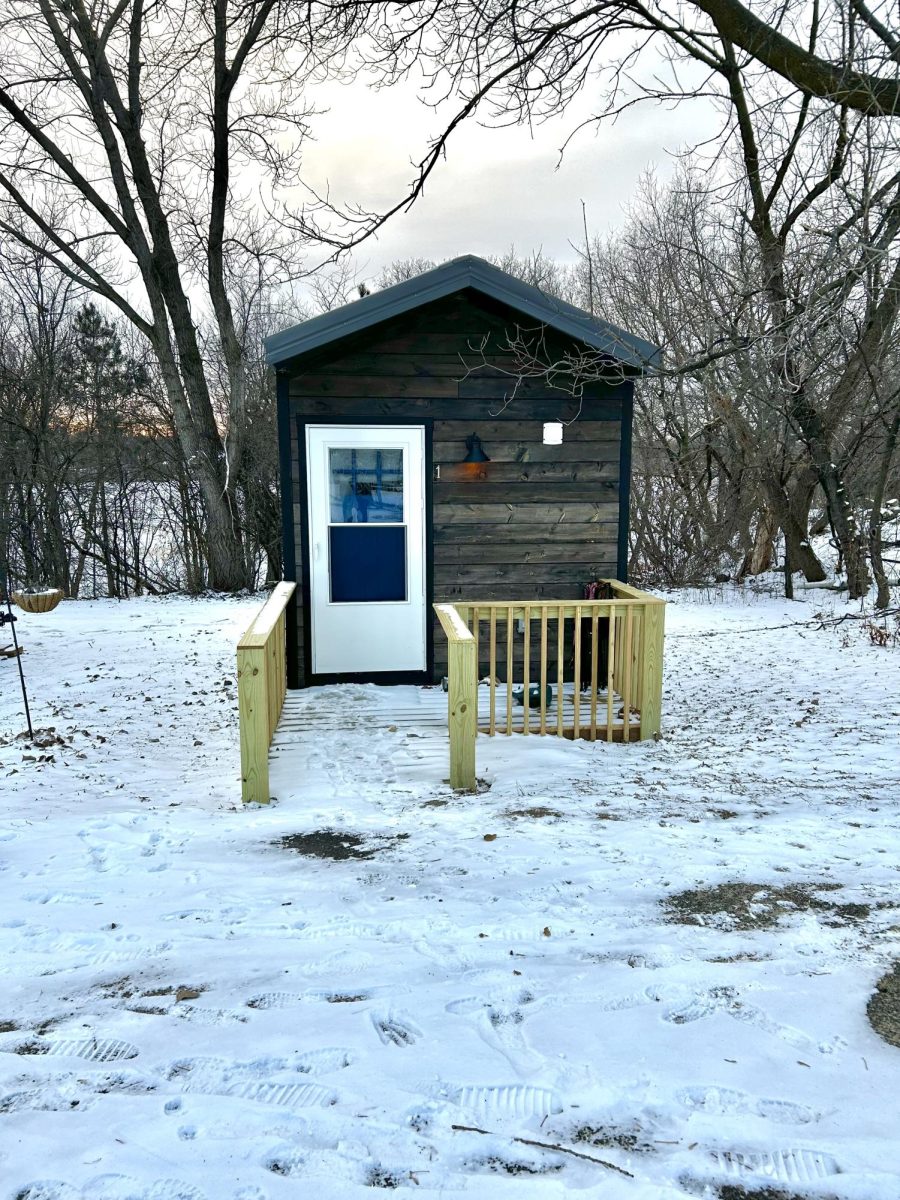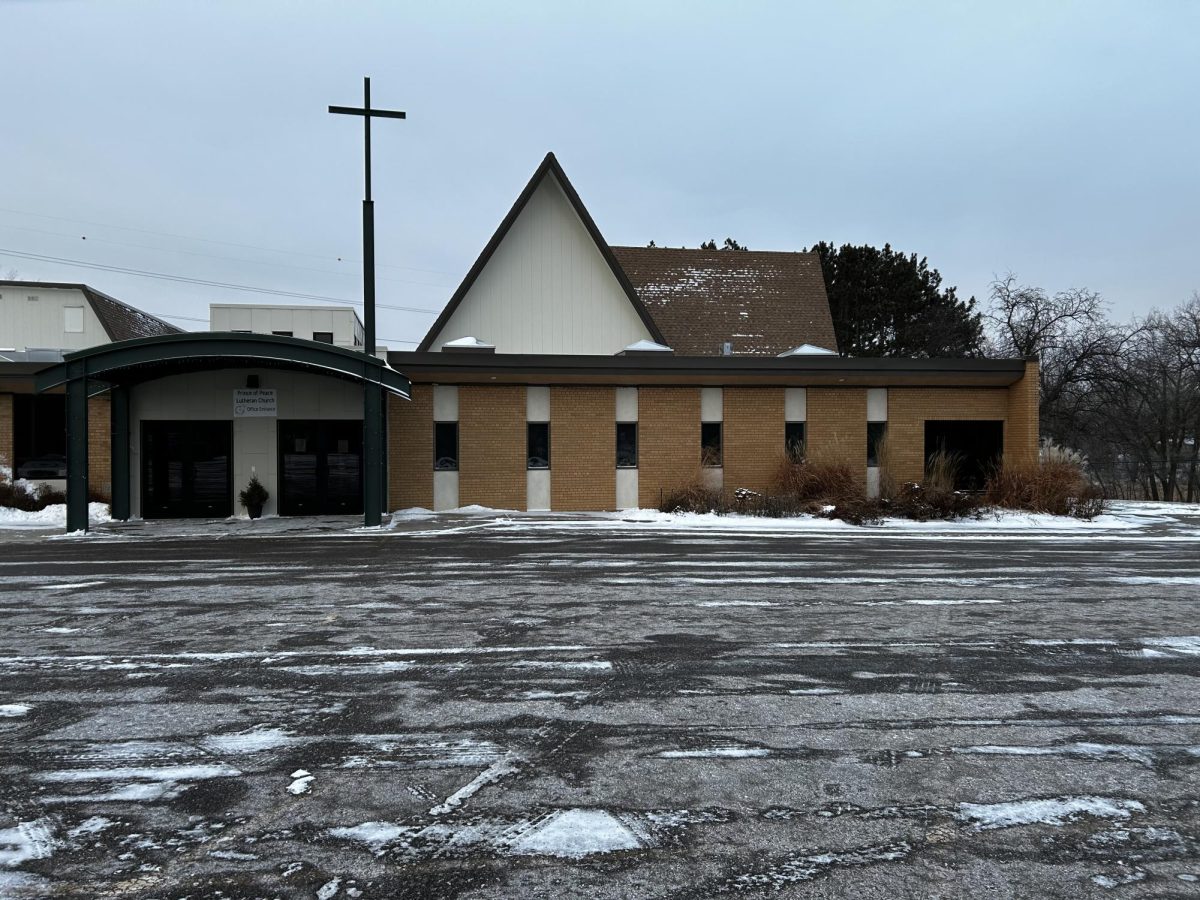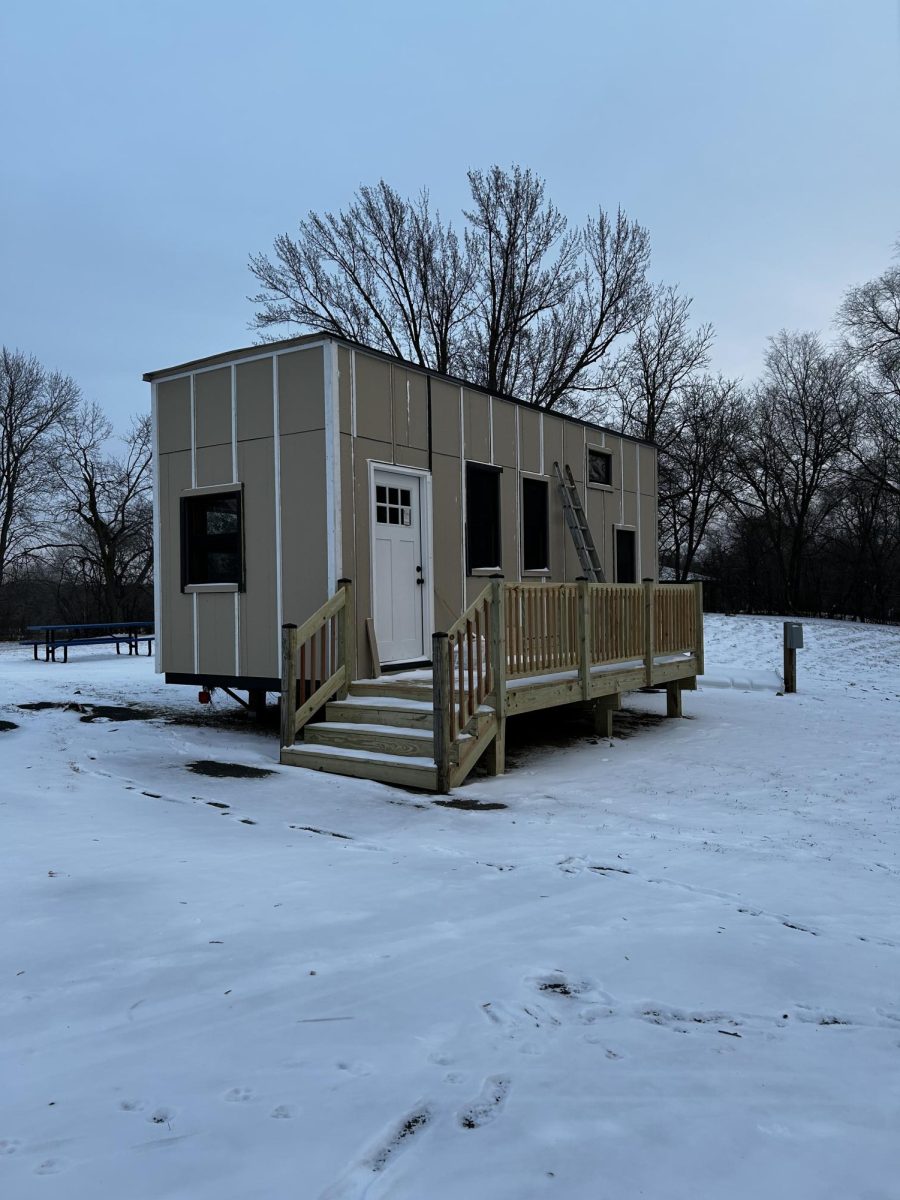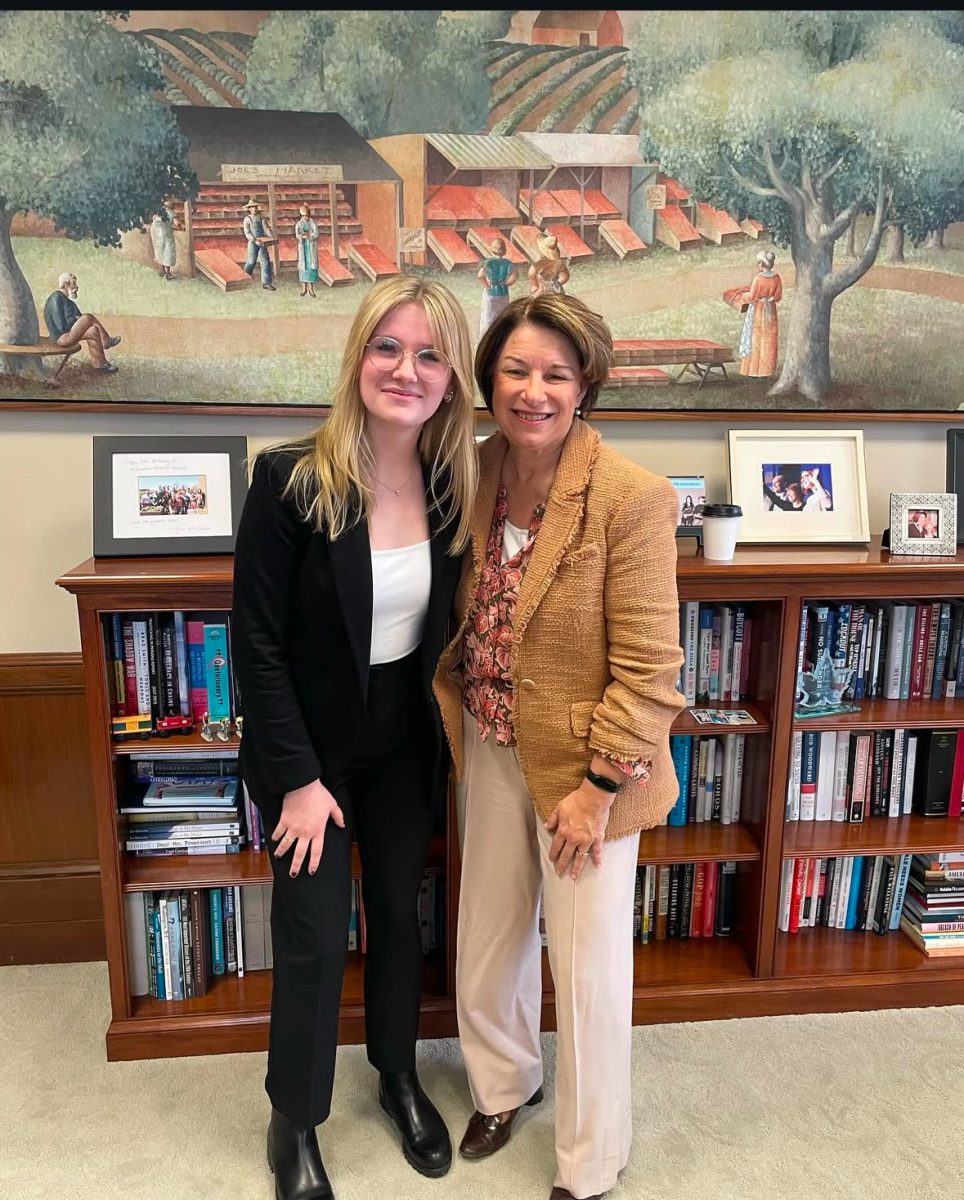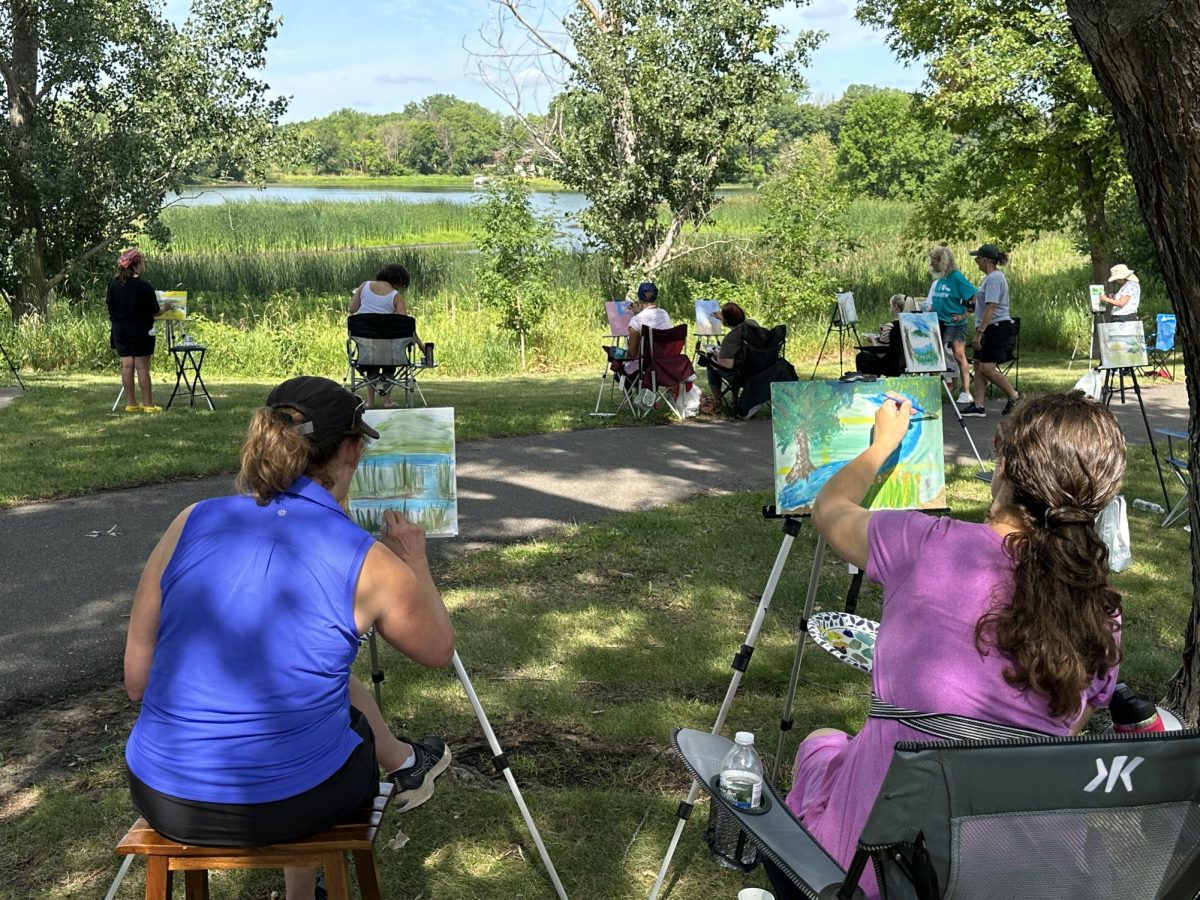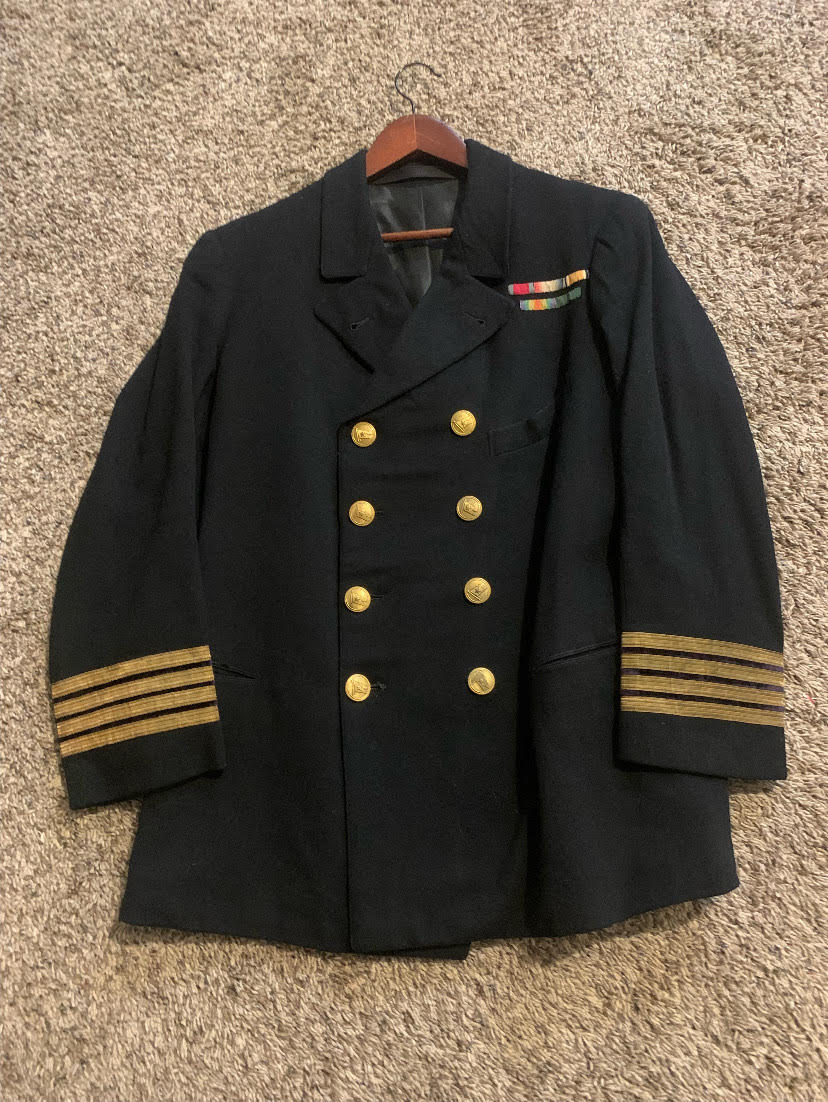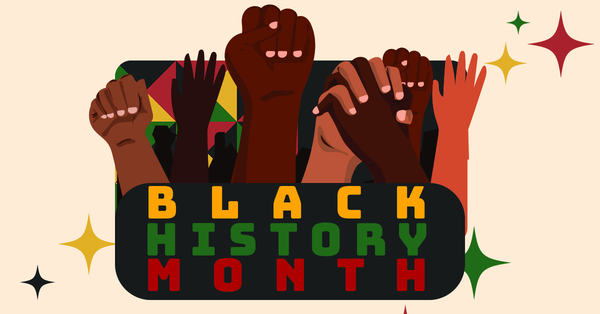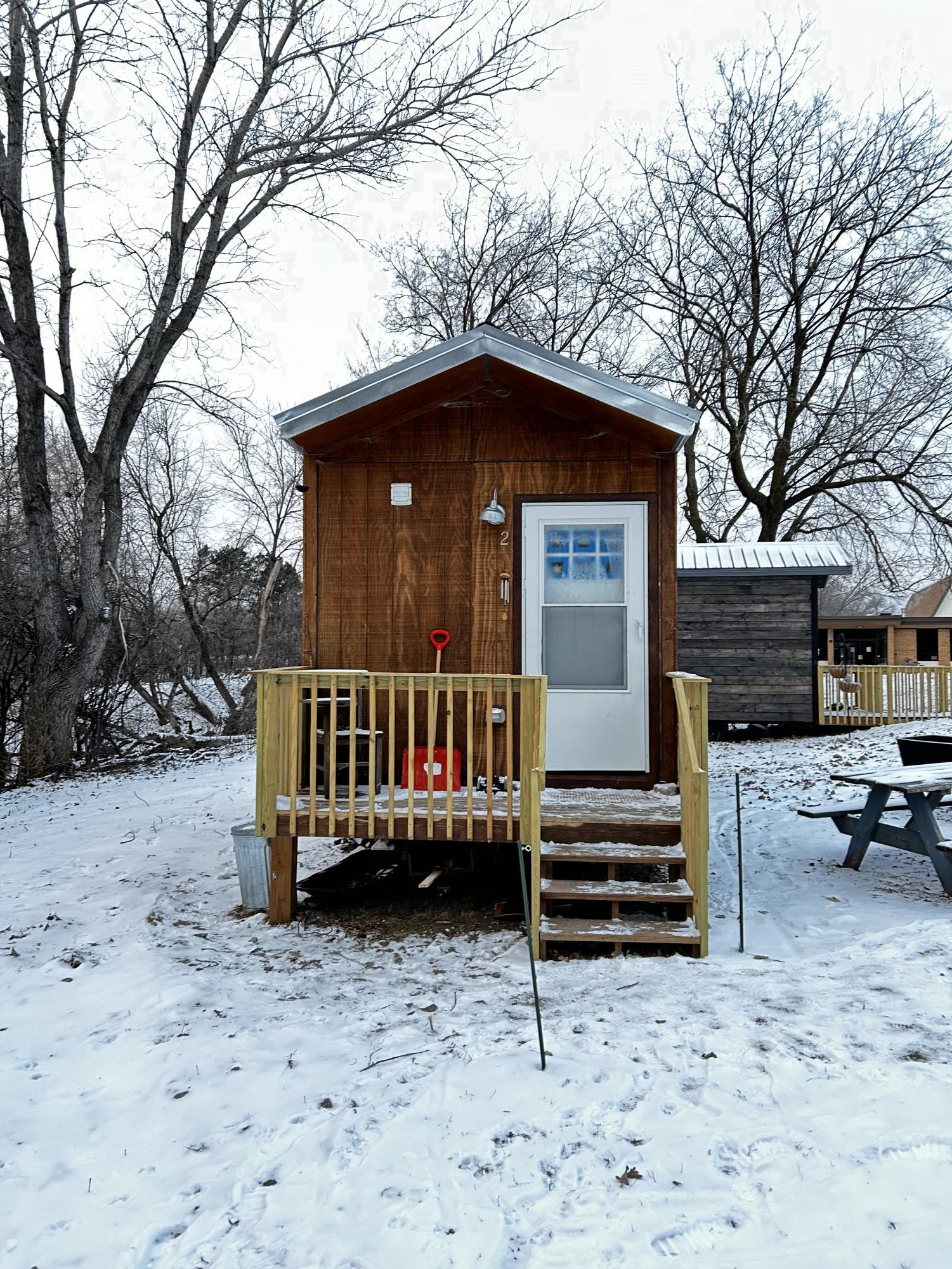
Tags:
About the Contributors

Maya Gjelhaug, Print Editor-in-Chief
My name is Maya, and I’m excited to be one of your print Editors-in-Chief this year. When I’m not editing articles, you can find me mountain biking and watching Band of Brothers with my dad.
Awards:
Best of SNO – Mounds View Theater casting sparks controversy
Best of SNO – The downfall of ELA education
Best of SNO – Pro-life activists rally against Minnesota abortion legislation
Best of SNO – Prince of Peace Church combats homelessness with tiny home settlement
Best of SNO – Should legacy admissions still exist?
2nd-Place Gold Medallion Spread – Youth sports culture
SNO Site Excellence Design Award
SNO Page Excellence Award
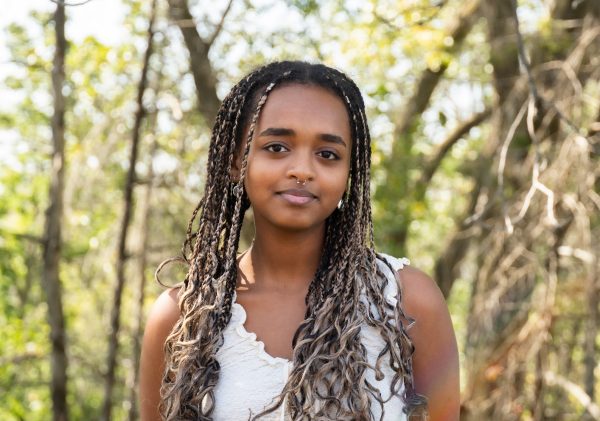
Sinim Dhuguma, Online Editor-in-Chief
Hi, I’m Sinim, this year’s Online Editor-in-Chief. I’m a senior and this is my second year on the Viewer. I joined the Viewer because I was interested in learning about and reporting on important things going on in our community! In my free time I like to listen to music, go on bike rides and thrift!
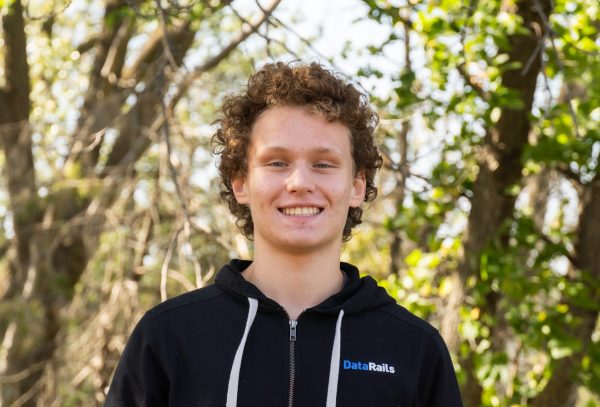
Vincent Meyer, Spread Editor and Online Managing Editor
Hi, I’m Vincent and I’m a senior! This is my second year on the Viewer and I work as the online managing copy editor and spread editor. In my free time, I enjoy spending time with friends and family as well as going outside. I became an editor because it’s a great way to write about real world events and play an active part in my community!

Isabella Kunc, Print Managing Copy Editor and Cover Editor
Hi, this is Isabella, your 2024-25 Managing and Cover editor. I love working on The Viewer and plan to study journalism in college. Some of my activities outside of The Viewer include theater, running, reading and sewing. Join us and learn important skills!





